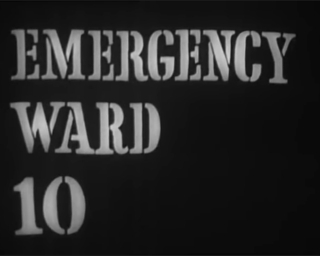
Emergency Ward 10 is a British medical soap opera series shown on ITV between 1957 and 1967. Like The Grove Family, a series shown by the BBC between 1954 and 1957, Emergency Ward 10 is considered to be one of British television's first major soap operas.

Kathleen Elizabeth Fell, known professionally as Kathleen Byron, was an English actress.

Ethel Gordon Fenwick was a British nurse who played a major role in the History of Nursing in the United Kingdom. She campaigned to procure a nationally recognised certificate for nursing, to safeguard the title "Nurse", and lobbied Parliament to pass a law to control nursing and limit it to "registered" nurses only.

Stolen Assignment is a 1955 British comedy 'B' film directed by Terence Fisher and starring John Bentley and Hy Hazell. It was produced by Francis Searle for Act Films Ltd and was a sequel to Fisher's Final Appointment (1954), featuring sleuthing journalists Mike Billings and Jenny Drew.
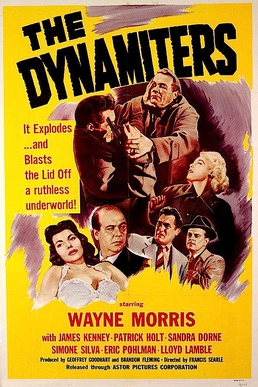
The Gelignite Gang is a black and white 1956 British second feature crime film directed by Terence Fisher and Francis Searle, starring Wayne Morris and Sandra Dorne. The film was released in the U.S. as The Dynamiters.
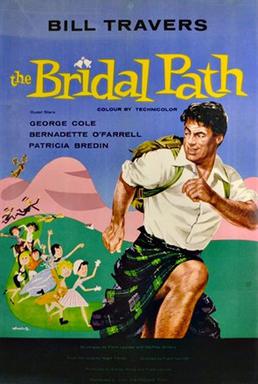
The Bridal Path is a 1959 British comedy film directed by Frank Launder and starring Bill Travers, George Cole and Bernadette O'Farrell. It is based on the 1952 novel of the same name by Nigel Tranter. The film was an unsuccessful attempt to repeat the success of Launder and Gilliat's earlier Geordie (1955).

The Lamp Still Burns is a 1943 British drama film directed by Maurice Elvey and starring Rosamund John, Stewart Granger and Godfrey Tearle. Its plot concerns a woman architect who changes careers to become a nurse.
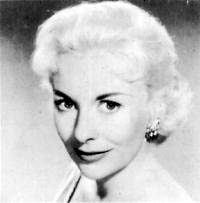
Jane Hylton was an English actress who accumulated 30 film credits, mostly in the 1940s and 1950s, before moving into television work in the latter half of her career in the 1960s and 1970s.
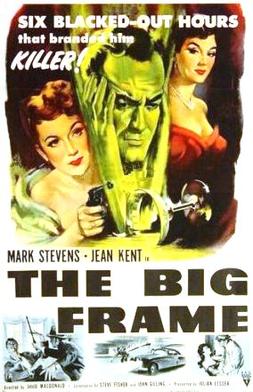
The Lost Hours is a 1952 British film noir directed by David MacDonald and starring Mark Stevens, Jean Kent and John Bentley. It was produced by Tempean Films which specialised in making second features at the time, and marked Kent's first descent into B films after her 1940s stardom. It was shot at Isleworth Studios and on location around London. The film's sets were designed by the art director Andrew Mazzei. It was released in the United States the following year by RKO Pictures as The Big Frame.
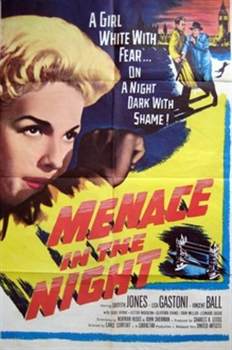
Face in the Night, released in the US as Menace in the Night, is a 1957 British second feature crime film directed by Lance Comfort and starring Griffith Jones, Lisa Gastoni and Vincent Ball. It was based on the novel Suspense by Bruce Graeme.

No Trace is a 1950 British second feature crime film directed by John Gilling and starring Hugh Sinclair, Dinah Sheridan and John Laurie. A crime writer murders a blackmailer, and is then asked to help solve the case by the police.

Recoil is a 1953 British 'B' crime film directed by John Gilling and starring Kieron Moore, Elizabeth Sellars and Edward Underdown.

Star of My Night is a 1954 British romance film directed by Paul Dickson and starring Griffith Jones, Kathleen Byron and Hugh Williams. An adaptation of Paul Tabori's novel Le Soleil de ma Nuit, it concerns a sculptor who becomes romantically involved with a ballerina. It was produced as a second feature by the Danziger Brothers, although it had a more established cast than many.
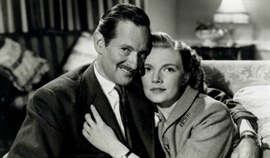
The Harassed Hero is a 1954 British comedy film directed by Maurice Elvey and starring Guy Middleton, Joan Winmill Brown and Elwyn Brook-Jones. It was based on a novel of the same name by Ernest Dudley. The film was produced as a second feature and shot at Walton Studios and on location in London. The film's sets were designed by the art director John Stoll.
The history of nursing in the United Kingdom relates to the development of the profession since the 1850s. The history of nursing itself dates back to ancient history, when the sick were cared for in temples and places of worship. In the early Christian era, nursing in the United Kingdom was undertaken by certain women in the Christian Church, their services being extended to patients in their homes. These women had no real training by today's standards, but experience taught them valuable skills, especially in the use of herbs and folk drugs, and some gained fame as the physicians of their era. Remnants of the religious nature of nurses remains in Britain today, especially with the retention of the job title "Sister" for a senior female nurse.

Tower of Terror is a 1941 British wartime thriller film directed by Lawrence Huntington and starring Wilfrid Lawson, Michael Rennie and Movita. It was made at Welwyn Studios with location shooting on Flat Holm off the Welsh coast.
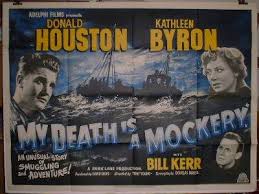
My Death Is a Mockery is a 1952 British crime film directed by Tony Young and starring Donald Houston, Kathleen Byron and Bill Kerr.
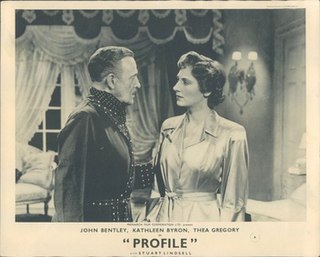
Profile is a 1954 British second feature thriller film directed by Francis Searle and starring John Bentley, Kathleen Byron and Thea Gregory. A murder mystery set in a magazine publishers.

Life in Danger is a 1959 British second feature film directed by Terry Bishop and starring Derren Nesbitt and Julie Hopkins.




























